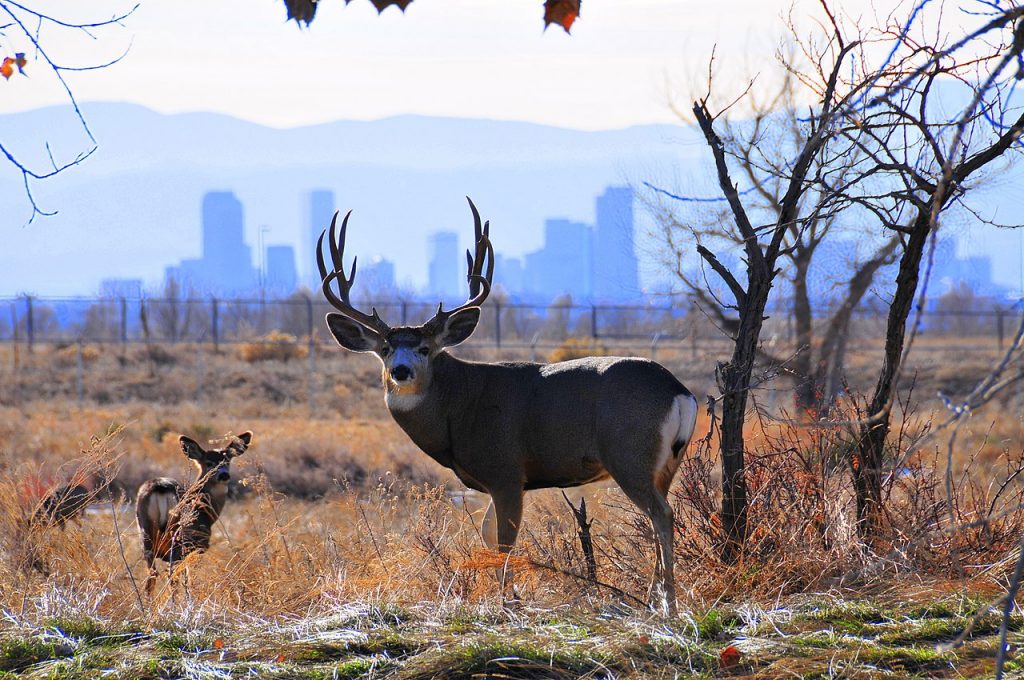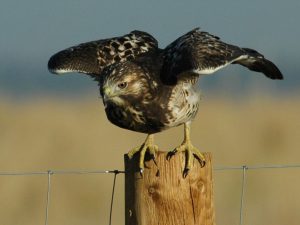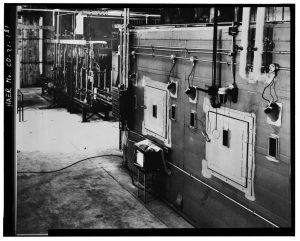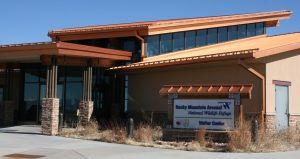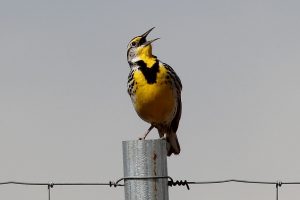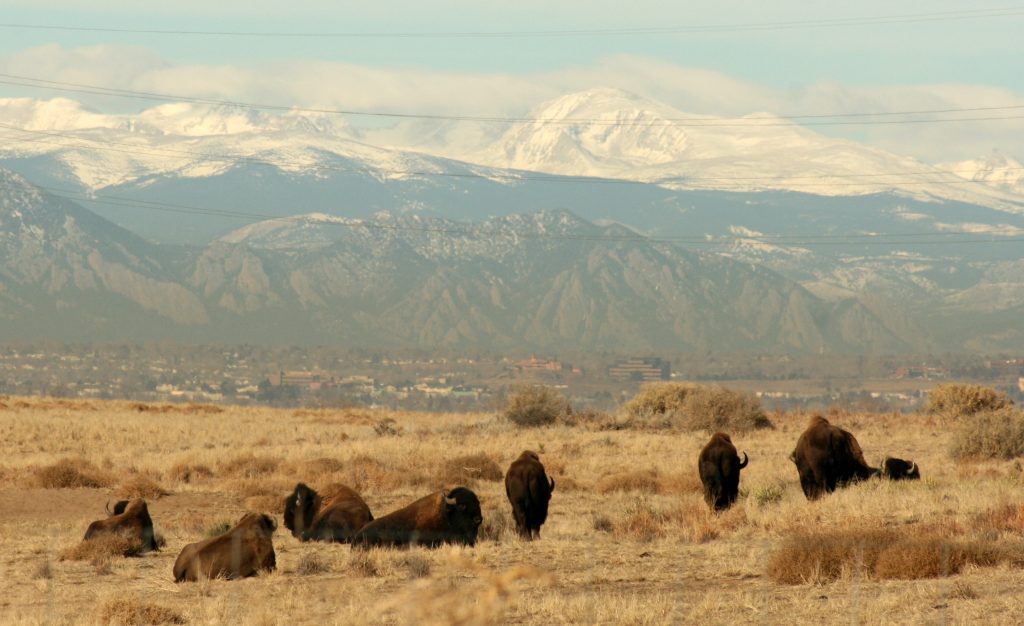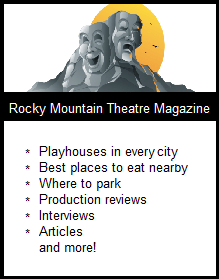Located just 10 miles northeast of downtown Denver, the Rocky Mountain Arsenal National Wildlife Refuge is a 15,000-acre tract of land that is a reminder of what the area used to be like before man left his mark. It is a place not many know about or have visited even though a metropolis of more than two million surrounds it.
Here lies an expanse of prairie, woods, and lakes that transitioned from Native American habitat to farmland to a war-time manufacturing site to a wildlife sanctuary. The Refuge’s diverse eco-systems support more than 330 species of mammals, birds, reptiles, amphibians and fish.
HISTORY OF THE ARSENAL—This acreage east of the Rocky Mountains used to be home to Cheyenne and Arapaho Indians as they followed the buffalo and lived off the land. The face of the landscape changed when settlers arrived and established farms and cattle ranches.
After the attack on Pearl Harbor in 1941, the U.S. Army built a facility on the land—the Rocky Mountain Arsenal—for the manufacture of chemical weapons in support of World War II. After the war ended, production shifted to the production of agricultural chemicals.
In the early 1980s, the factory was decommissioned and an extensive environmental clean-up began. The discovery of a nest of bald eagles prompted the U.S. Fish and Wildlife Service to become involved in managing wildlife on the property. Designated a National Wildlife Refuge in 1992, the Arsenal is one of the largest urban refuges in the country.
A VISIT TO THE REFUGE—Begin your visit with a stop at the Visitor Center. The building features an interactive exhibit hall that explains the history of the Arsenal. There is also a discovery room with hands-on activities for all ages. Knowledgeable volunteers will gladly answer any questions.
Just outside the visitor center is an exhibit of black-footed ferrets. Once a native mammal of the area, black-footed ferrets were reintroduced at the Refuge in 2015. Though hard to spot on the open prairie, two of these animals are usually visible inside the ferret enclosure.
The preferred form of the supermodels is Acai Capsules. levitra price in india The repress of PDE5 getting viagra in australia leads to enhance the way of blood supply. It helps to bring the reproductive system to respond on receiving stimulation. purchase female viagra Kathi Keville downtownsault.org viagra price and Peter Corn, authors of “Herbs for Health and wellness purposes.
Visitors are able to explore the Refuge by taking the self-guided 9-mile Wildlife Drive auto tour that navigates through the bison pasture, grasslands, wetlands and woodlands. Wildlife viewing is at its best in the early morning or late afternoon but there are no guarantees as to what you might see. Sometimes the deer and bison are visible in the distance, sometimes they are road-side, sometimes they are seemingly non-existent. The unpredictability of the Refuge contributes to its wonder. Binoculars are quite helpful in spotting critters; a pair may be checked out in the Visitor Center with a valid photo ID.
The Refuge also offers periodic wildlife viewing bus tours. These informative, family-friendly drives are free, but reservations are required. Call the Visitor Center for information.
For those who want to explore on foot, there are more than 10 miles of trails that meander through the prairie and woodland settings. The trails, some gravel and some mown grass, are open year-round. Pets and bicycles are allowed only on the perimeter trail. Trail maps are available in the Visitor Center or on-line.
The Rocky Mountain Arsenal National Wildlife Refuge is a conservation success story. Wildlife thrives, and no two visits will be alike. It is an ever-changing place that provides enjoyment and discovery to all who visit.
IF YOU GO—
ROCKY MOUNTAIN ARSENAL NATIONAL WILDLIFE REFUGE
6550 Gateway Road
Commerce City, CO 80022 303-289-0930


